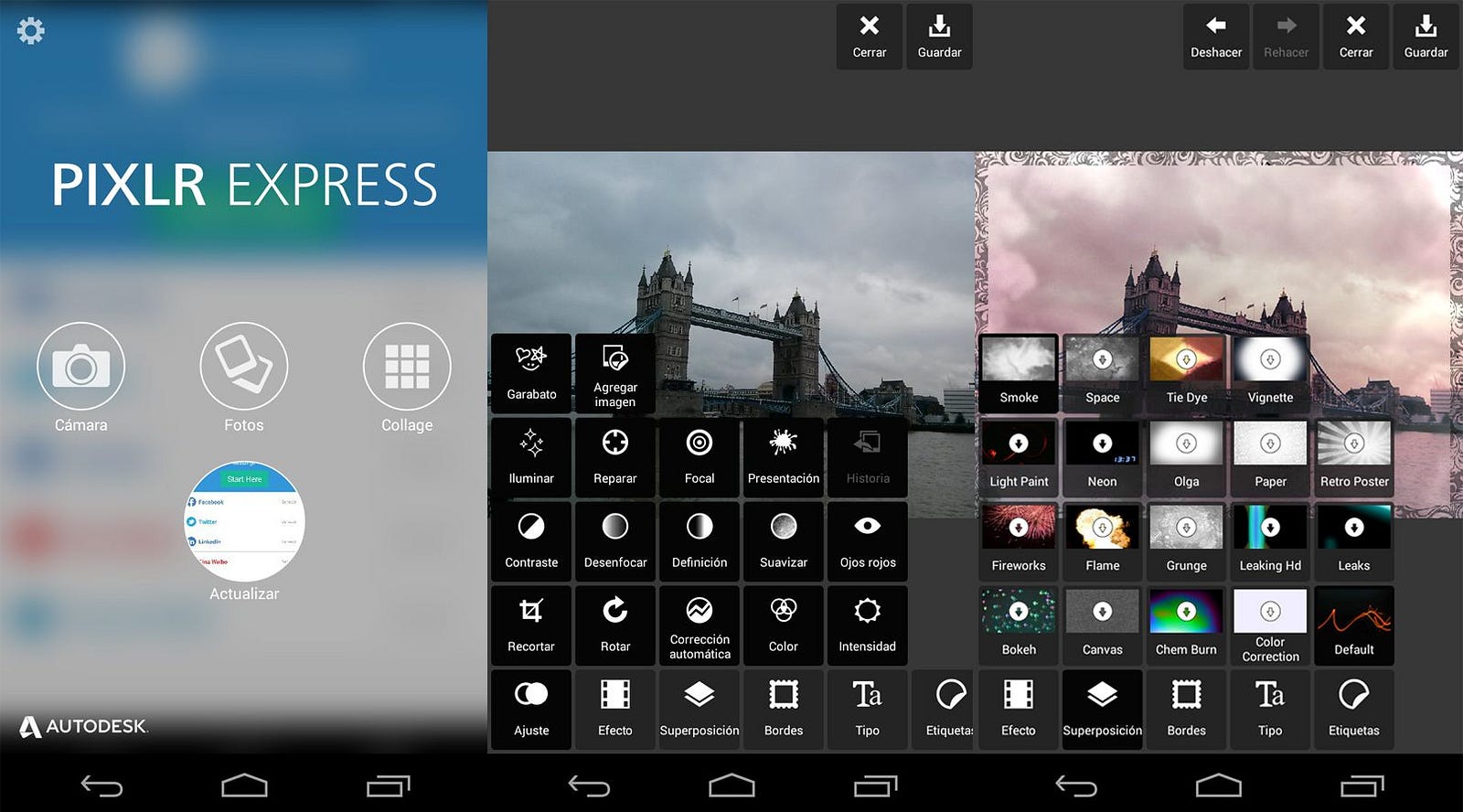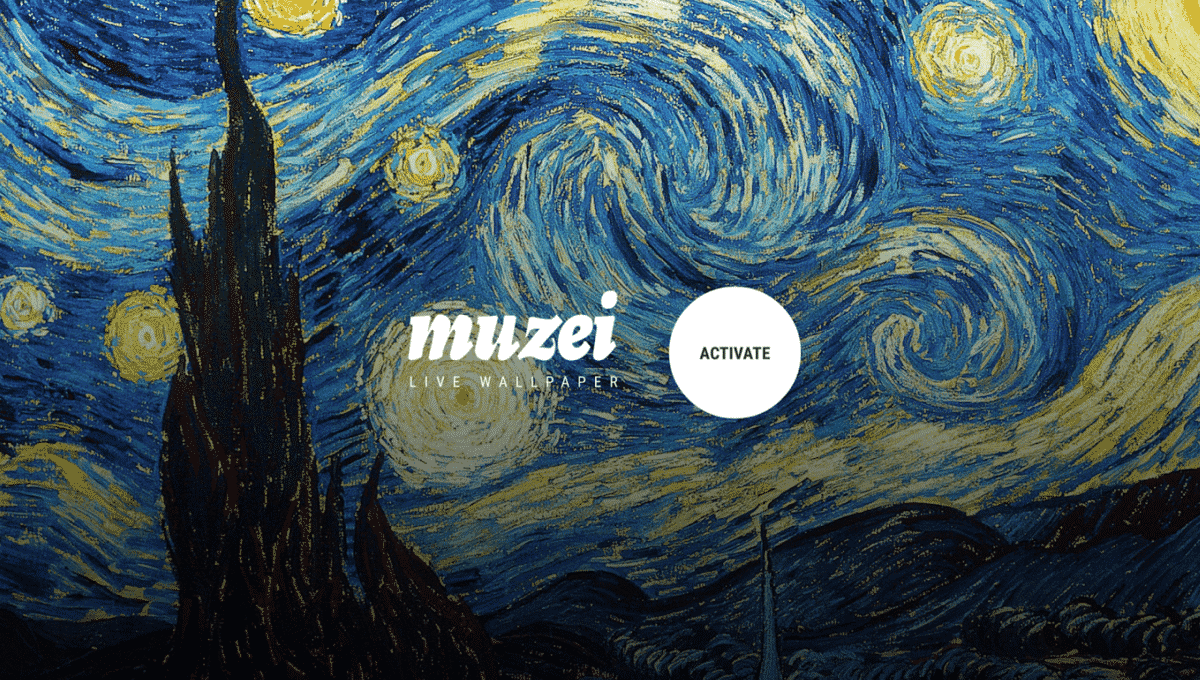The Best Photo Editing Apps for iOS and Android
Share
It took running with professional photographers to comprehend that I underestimated the quantity of labor going into editing. The real scene and urgency of the shutter button are essential, yes. But even minor edits are what take a picture from suited to tremendous. We found a few favorites after trying out dozens of client-grade cellular apps with images from each actual camera and the cell phone itself. Any of those will up your recreation.

If you’re set up on an iPhone and Mac computer, this is the perfect, maximum seamless method for storing snapshots — though it’ll consume up your iCloud quota if you’re not careful with films. Over the last couple of years, enhancing tools have advanced dramatically—the sliders for Contrast, Brightness, Brilliance, Etc. Are extra intuitive, the filters are extra diffused, and starting with iOS 11, it may take care of RAW snapshots. The vehicle-enhance function (that magic wand icon on the higher right) is exquisite approximately half the time, but otherwise, you’re better off adjusting yourself. One grievance: fanatic amateurs will know that there’s no way to edit a specific part of a photograph for red-eye or blemishes.
If Photoshop or preceding variations of Lightroom felt intimidating, the trendy variations of Adobe’s apps are easy to analyze within some days. The Exposure, Shadows, etc. Tools are super, but the big enhancing promote is Clarity and Vibrance, which subtly supply greater intensity to pix without making it appear like you simply turned Contrast all of the manners up. Lightroom is awesome at enhancing. However, it’s higher at organization and cloud garage — $10 in step with a month plan gets you 1TB (for reference, my 15,000 photos and motion pictures provide as much as seventy-three GB) of a garage on Adobe’s servers, which means you can get entry to them from any tool. It’s the pinnacle pick for prosumers, but until you’re an #influencer, it is probably greater than you need for that money.

Man, when did every picture app try to be a social community? If you ignore the Discover section, you’ll locate loads of features that helped make “Photoshop” so ubiquitous it became a verb — for instance, I used the Band-Aid icon to eliminate zits from my selfies. You also can add stickers, overlay text, or do that lame shade pop remedy in which only one object is in coloration, and the rest is black and white. As with Lightroom, for everybody apprehensive about having to learn a seasoned-grade gadget, Adobe’s apps are becoming much consumer-pleasant.
Originally introduced in 2011 before being sold using Google, Snapseed has been a reliably first-rate picture editor for years. Sliding to adjust specific settings is intuitive, and the Tools immediately show their impact. It’s wonderfully easy to make simple changes. But move deeper, and you’ll function like selective healing and attitude shift. As in PS Express and VSCO, if you want to have a consistent tone for all of your photos, you may keep your custom modifications in “Looks.” It’s a hell of numerous functions for an unfastened and ad-unfastened app.
After pushing through activities to create an account and pay $four monthly for PicsArt Gold, you’ll get to an refreshingly no longer self-critical app. It has the same old tools like Free Crop and Sliders for Brightness, Saturation, and Temperature. But you could also construct collages and add goofy knock-off emojis and lens flare. For me, PicsArt loses major factors for forcing you to create a username and password so you can participate in its social community. There are higher alternatives if that annoys you as much as I do.

It is a standout modifying app for years because it seems and appears like something Apple would’ve made itself. The small conveniences upload up. For example, by way of default, it hides screenshots from your photo series so that you can concentrate on locating the actual images you need to edit. The most helpful feature, but you possibly won’t word: while you edit an image in Darkroom, you don’t need to import it into the app, and you can tell it to regulate the unique idea rather than producing a replica. It’s no longer the simplest app that works this way, but it’s a function I desire each image app to have. Otherwise, you become with copies and wrong metadata. Darkroom additionally has each slider and clears out what most amateurs should need. This is your next stop if Apple’s Photos app isn’t working.
It is among the few apps with old tyme filters that are diffused sufficiently to look cool. Specifically, VSCO can mimic traditional movies from Kodak and Fujifilm, and you could subtly tweak the one’s filters to get a custom look. You’ll have to pay $20 a year for access to them all, even though. The app also loses points for pushing its social community.
For example, the arrow icon that looks like it must be the “Share” button lets you keep the image to your Camera Roll or AirDrop or text? That’s a good way to post your photo to VSCO’s social network gadget — if Instagram is YouTube, VSCO’s social device is Vimeo: fewer but extra dedicated viewers. If you address that and are willing to pay the yearly charge, the filters are high-quality in the game.





